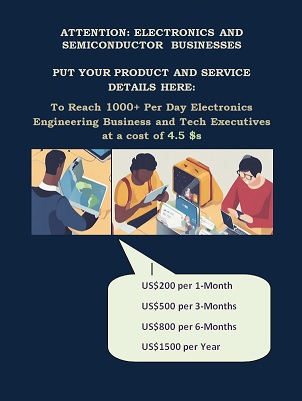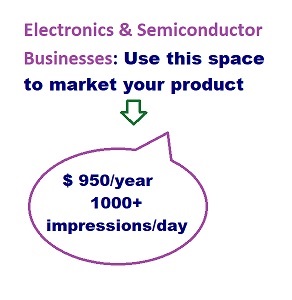Date: 26/03/2017
Flexible display market to reach US$ 200 billion in next 5 years, as per Futuresource
Products such as TVs and smart phones with flexible displays offer a new market opportunity, due to which value of products involving flexible displays is forecasted to grow over US$ 200 billion within next 5 years, according to Futuresource Consulting.
Although products such as curved TVs already using flexible displays, but they have limited flexibility. But what's going to drive the market is fully flexible displays which are expected to go viable with the next 1 to 2 years, according to Futuresource Consulting.
The market findings and ‘analyst quotes’ shared by the Futuresource Consulting includes:
New materials and design processes will drive innovation and, in some cases, completely new usage models.The CE market is likely to lead the way with over a quarter of all new smartphones by 2026 featuring flexible screens, which among other attributes, will render them unbreakable.
As manufacturing costs reduce, the potential for bespoke signage and pull-down whiteboards are some of several commercial B2B applications to be realised.
"The value of products involving flexible displays will surge to over $200 billion within five years and approach $300 billion within a decade. This strong growth is anticipated due to range of product benefits it creates from increased robustness, design differentiation and ease of display manufacturing customisation through to new applications such as e-paper, e-fashion and home appliances," comments David Tett, Market Analyst at Futuresource Consulting. "'Unbreakable' products will become a reality, reducing the need for manufacturers to handle returns and service, while bespoke signage will be easier to produce and could offer users the added benefits of adjustability and reuse.
"Technology is advancing from first generation displays which have been flexed during the manufacturing process to be curved but are not able to have their shape manipulated by the end-user, toward a second-generation product," adds Tett.
Current examples of products within this category include curved TVs and Samsung's 'Edge' mobile devices. These are often referred to as 'conformed' displays. "Futuresource define second generation displays as 'truly flexible'. These displays can be folded, rolled, bent or otherwise have their shape manipulated and altered by the end-user.
"It remains to be seen which designs enabled by flexible displays will appeal to the market, but attributes like increased robustness and ease of customised manufacturing will drive vendor adoption regardless," says Tett.

